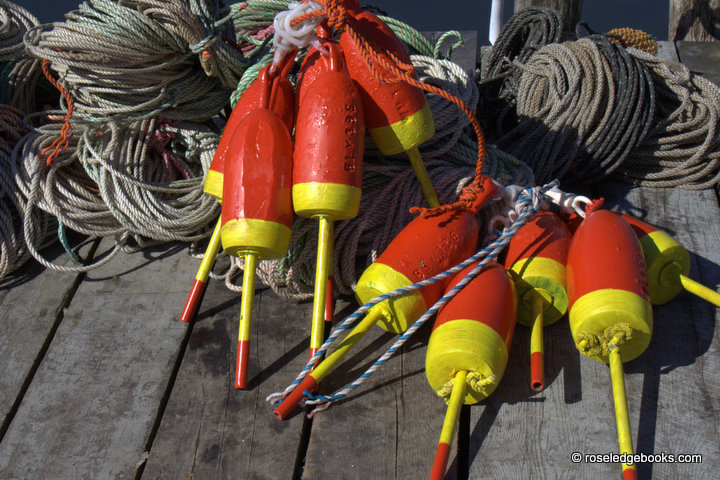You have a lot of books, some of which you haven’t read and may never read, but you want to buy more. Oh boy! Roseledge Books wants YOU.
Your books are starting to take over your living space, a neighbor whispered, “Hoarder,” and you just spotted Edmund deWaal’s The Hare with Amber Eyes, the perfect book to read before your business trip to Vienna next month. Good news! Roseledge Books has The Hare with Amber Eyes just waiting for you.
So many books; so little time (and space); what to do?
For starters, stop fretting and start arranging. A few tips from those who know:
Lee Child (think Jack Reacher) needs no order to his 3500 books, as he has a photographic memory and can always find what he needs. And his book cupboards have hideaway doors.
But some of the rest of us do not have photographic memories and live lives with uncloseted books in the open for all the world to see. In The Writer’s Desk, Jill Krementz photographed writers work spaces and noted in words and pictures that one thing they all had in common was overloaded open book shelves. This in-your-face arrangement just begs for a magnifying glass to see what titles looked most handy and used. (Nicholson Baker (writing in The New Yorker maybe 20 years ago) used this technique to identify titles of books used in a variety of advertising layouts, e.g. on a bedside table or on a hassock or the living room floor. I can’t remember why he did it, but I liked the idea. )
My thesis advisor (at the top of her game) was sent copies of books in her field (it was a few years ago), many of which she had already read in pre-publication format, so she just added them to the end of the last shelf she was filling and thereby indirectly had a scanable array of current thinking in the field.
A bookstore I recall (but not by name) arranged all books, and later videos, by place, so people who were preparing to travel or just geographically curious could choose novels, biographies, memoirs, mysteries, or histories by setting. I loved browsing through their catalog.
In Ex Libris, Anne Fadiman includes a charming essay on the merger, and then arrangement, of collections when she and her husband first decided to live together.
When social and political activist Meridel LeSueur died, her friends worked to save her library and tried to arrange the books as she had arranged them. What a great way to profile an active mind, especially if the order changed over time!
So if you are convinced arrangement matters and might be fun to try, Roseledge Books suggests the following:
Put your books in piles and start choosing which to box and which to shelve. Don’t discard any yet. Set aside those you linger over longest. Put these on a nearby shelf so you can amend the “collection” as time goes by and new books enter..
You are well on your way to building an ideal bookshelf, in the style of the 150 noteworthy people who did so in My Ideal Bookshelf by Thessaly LaForce and Jane Mount. Your shelf of books becomes a kind of statement of who you are or are becoming and, to a limited extent, how you got that way. I think a listing of these books (pictures, recordings, etc.) with comments if you choose, would make a great obituary.
At least think about it.



